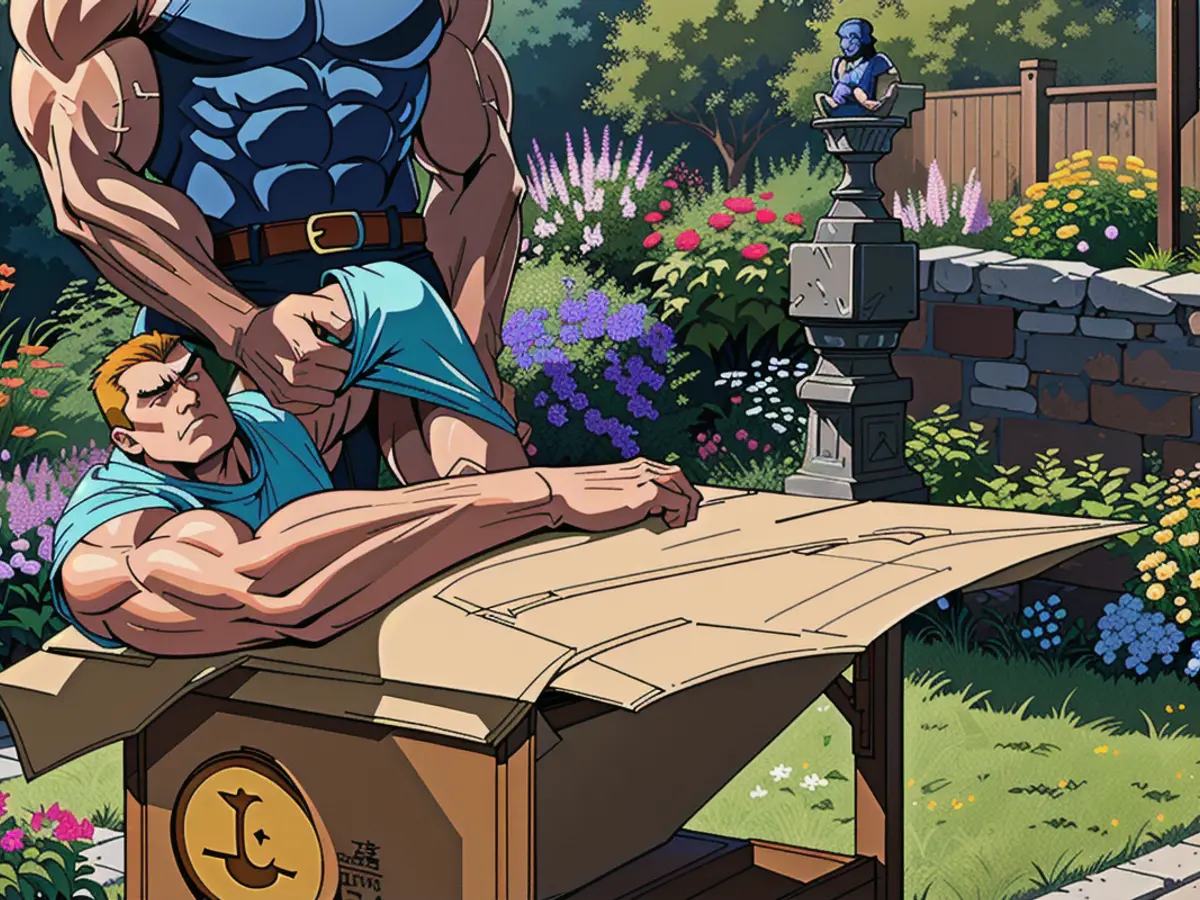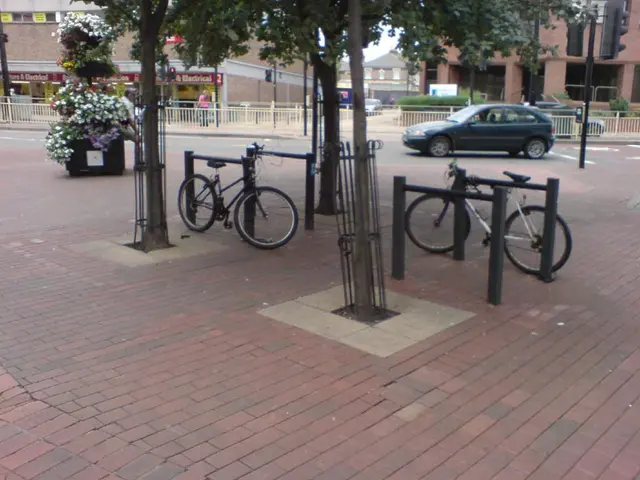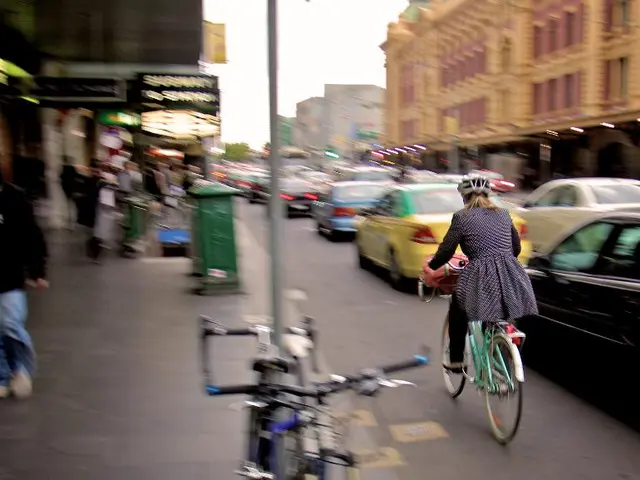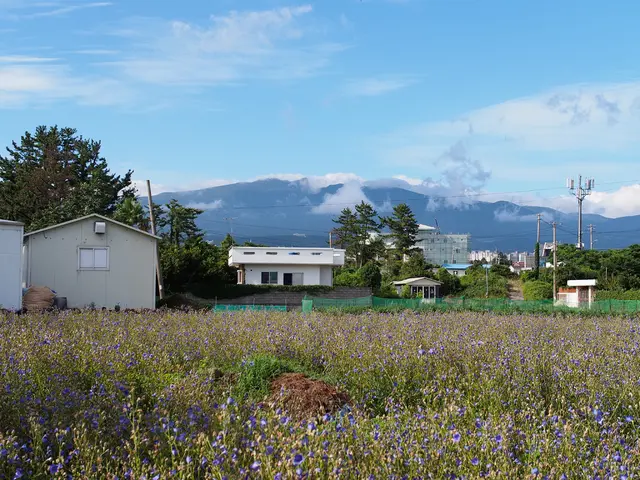Utilizing Cardboard for Garden Enhancements: A Simple Guide
Turn those old cardboard boxes into your garden's new best friend! From smothering weeds to composting and pest control, cardboard is a game-changer for your green thumb endeavors.
David Mizejewski, the resident naturalist of the National Wildlife Federation, puts it plainly: cardboard is good for the environment, keeping toxic herbicides at bay, and maintaining organic matter out of the landfill. So the next time you've got a mountain of cardboard, take a stroll around the garden, and see where it can help you out.
Preparing Garden Beds with CardboardGetting your soil ready for planting is essential, and cardboard is just the tool to make it happen. Linda Vater, expert for the Southern Living® Plant Collection, recommends starting by trimming back the greenery and placing the damp cardboard right on top. For more aggravating weeds, add a few inches of wood chips on top. As time passes, it'll decompose, enriching your soil in the process.
Creating New Garden BedsChoosing the perfect spot for a new garden bed is no small task. But once you've found your ideal spot, it's time to get creative. Instead of going through the backbreaking process of removing sod, consider layering cardboard topped with mulch right on top of the existing grass or vegetation. Over time, the greenery will smother and die off, leaving you a fresh new garden bed. Just ensure you give it enough time to decompose before planting to avoid issues with root development and seed germination.
Pest Control with CardboardSlugs and snails are attracted to the cool, damp cardboard. Kelly Funk, President & CEO of Jackson & Perkins, suggests using this to your advantage by placing damp cardboard on the ground overnight as a trap. In the morning, scoop up the gathered pests by hand or shovel for a chemical-free and safe method for organic gardens.
Weed Management in WalkwaysCardboard comes in handy yet again, this time for suppressing weeds that might pop up in your garden walkways. Simply lay it down before placing the stepping stones or walkway material, making sure to overlap the pieces to prevent any weeds from sprouting up between seams. Then, cover it with mulch, wood chips, pine straw, or soil.
Using Cardboard in Raised BedsAccording to Funk, cardboard can also serve as a natural weed barrier in raised beds. Place sheets of cardboard on the ground, overlapping the edges to block sunlight from reaching weed seeds. Wet the cardboard and let it mold to the ground. Then, add a layer of soil over the cardboard, allowing plants to grow through as the cardboard decomposes.
When using cardboard in your garden, opt for simple brown corrugated cardboard, staying away from anything with graphics, colors, glues, or a glossy finish, as these could potentially release harmful chemicals into your soil. And don't hold back on gathering cardboard – check in with local retailers, or join up with freecycle or gifting groups to receive a surplus of cardboard for your green endeavors. Just remember to remove any excess materials like tape, labels, or staples before using in your garden.
Happy gardening, and may your cardboard be your companion in all things green! 🌱🌍♻️✨
- In gardening ideas, Southern Living recommends using damp cardboard to prepare garden beds, layering it on top of the existing greenery and adding wood chips for persistent weeds.
- For weed management in walkways, cardboard can be used as a suppressant by laying it down before placing stepping stones or walkway material, covering it with mulch, wood chips, pine straw, or soil.
- In their home-and-garden lifestyle, people can utilize cardboard as a natural weed barrier in raised beds, placing sheets of cardboard on the ground and adding a layer of soil over it.
- To control pests like slugs and snails, Kelly Funk suggests using damp cardboard as a trap at night, then scooping up the gathered pests in the morning for a safe method in organic gardens.
- In addition to caring for your garden, cardboard can help provide an eco-friendly solution by keeping toxic herbicides at bay, maintaining organic matter out of the landfill, and promoting a more sustainable lifestyle.






